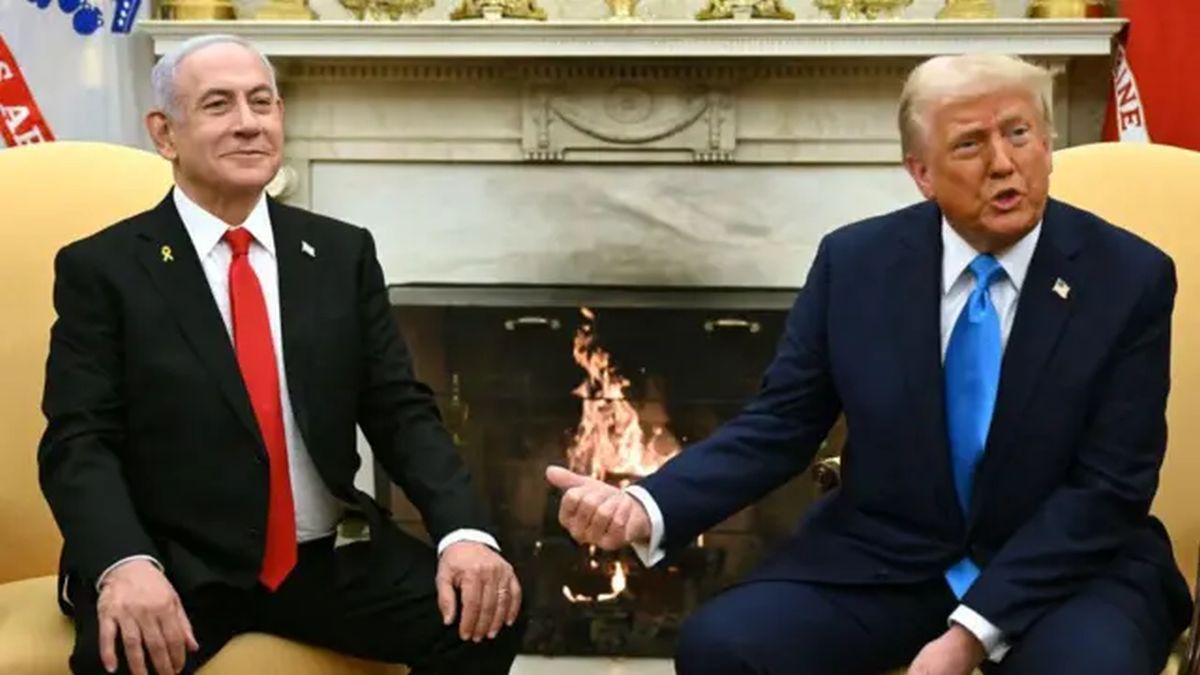Cheap smartphone – does it even exist? Yes, you will find a comparison of five models in each price range here.
Time is relative, so is price. What is considered cheap and what is not depends on the thickness of the wallet. It’s no different with smartphones. But if you’re looking for a cheap model, you’re in luck: You can get entry-level smartphones for less than 200 euros. If you are looking for an “inexpensive” Apple device, you have to shell out at least twice as much. What is considered cheap in the Apple cosmos should only make many people shake their heads.
Five cheap smartphones up to 200 euros
In the price range up to 200 euros, buyers shouldn’t expect too much. Most devices offer neither a high-contrast OLED display nor an NFC chip that enables contactless payment. In addition, the processor performance of most entry-level smartphones is not sufficient to play power-hungry games on the smartphone in full detail. But if you just want to surf the web, check emails and chat, you are in the right place in this price range.
1. Xiaomi Redmi Note 9
| operating system | Android 10 |
| Storage space | 64 GB (microSD up to max. 512 GB) and 3 GB RAM |
| Camera | 48 Megapixel, Selfie: 13 Megapixel |
| Displaygröße | 6.53 inches (16.59 centimeters) |
| battery pack | 5020 milliampere hours |
The is a classic entry-level smartphone. For just under 150 euros, it offers a quad camera with a depth sensor on the back, which ensures that the background is blurred when taking portraits. More ambitious photographers will be happy with the macro lens for close-ups. The performance of the smartphone is easily sufficient for everyday tasks such as writing emails or popular apps such as WhatsApp. Nice: The front camera is inconspicuously located in the upper left corner of the display. Android 10 works on the smartphone.
2. Xiaomi Redmi Note10S
| operating system | Android 11 |
| Storage | 64 or 128 GB and 6 GB of RAM |
| Camera | 64 Megapixel, Selfie: 13 Megapixel |
| Display | 6.43 inches (16.3 centimeters) OLED |
| battery pack | 5000 milliampere hours |
The impresses with a 6.43 inch OLED display. The battery is durable with 5,000 mAh and the main camera on the back takes photos with a 64-megapixel sensor. Nice: Thanks to six gigabytes of RAM, the smartphone is also equipped for future tasks. But there is one downer: Unfortunately, the Redmi Note 10S is only “water-protected” according to IP53. Means: Dust does not penetrate the housing, but the cell phone must not be submerged. Nevertheless, the certification is definitely higher than that of the competition.
3. Nokia 5.4
| operating system | Android 10 |
| Storage | 128 GB and 4 GB of RAM |
| Camera | 48 Megapixel, Selfie: 16 Megapixel |
| Display | 6.4 inches (16.3 centimeters) |
| battery pack | 4000 milliampere hours |
That scores in the price range around 180 euros with a fingerprint sensor. The main camera on the back takes decent photos if the lens gets enough light. The camera reveals weaknesses in the dark and with little light. Compared to other cheap smartphones from Xiaomi, the battery in the Finns is a bit smaller. In addition, the display resolution is not particularly high.
4. Motorola Moto G30
| operating system | Android 11 |
| Storage | 64 or 128 GB and 4 or 6 GB RAM |
| Camera | 64 Megapixel, Selfie: 13 Megapixel |
| Display | 6.5 inches (16.5 centimeters) |
| battery pack | 5000 milliampere hours |
The is a decent entry-level smartphone. Buyers shouldn’t expect too much from the processor performance. Anyone who likes to play on their smartphone would therefore prefer a more powerful device. The same applies to photographers: the Moto G30’s lens reveals weaknesses in low light. After all, the display works with a refresh rate of 90 Hertz.
5. Samsung Galaxy A12
| operating system | Android 10 |
| Storage | 32 or 64 GB and 4 GB of RAM |
| Camera | 48 Megapixel, Selfie: 8 Megapixel |
| Display | 6.5 inches (16.5 centimeters) |
| battery pack | 5000 milliampere hours |
The is the cheapest smartphone from Samsung’s A series. Unusual for the manufacturer: The South Koreans usually rely on OLED displays. This is not possible with the Galaxy A12. The manufacturer installs a lower-contrast LCD display in the smartphone. After all, Samsung has given the Galaxy A12 an NFC chip. This makes it even suitable for contactless payments. Unfortunately, the built-in processor is very slow. It is sufficient for WhatsApp – but games do not run smoothly on the Galaxy A12.
The price-performance tip up to 250 euros
| operating system | Android 10 |
| Storage | 128 GB (microSD up to max. 256 GB) and 6 GB of RAM |
| Camera | 64 Megapixel, Selfie: 20 Megapixel |
| Display | 6.67 inches (16.94 centimeters) |
| battery pack | 5160 Milliamper hours |
The is aimed at everyday users who also use their smartphone for games. That is why Xiaomi has given the smartphone a display with a refresh rate of 120 Hertz. Games run smoothly on the display. Also positive: if the picture does not move, the cell phone regulates its repetition rate down to 50 Hertz and thus saves battery. Thanks to the supplied 33-watt fast-charging adapter, it charges from zero to 100 percent in just over an hour, so you can gamble for ten hours at a time.
For photographers: Google Pixel 4a
| operating system | Android 10 |
| Storage | 128 GB and 6 GB of RAM |
| Camera | 12,2 Megapixel, Selfie: 8 Megapixel |
| Display | 5.8 inches (14.76 centimeters) |
| battery pack | 3140 milliampere hours |
The enjoys enormous popularity. The reason for this is its excellent camera, which takes convincing pictures even in the dark. Most smartphones in this price range have considerable problems with this. Because the smartphone comes directly from Google, buyers can look forward to Android updates for the device until August 2023. However, the Pixel 4a has small drawbacks: It is not waterproof and the 128 gigabyte memory cannot be expanded. But for most users, 128 gigabytes are easily enough.
The sustainability tip
| operating system | Android 9.0 |
| Storage | 64 GB (microSD up to max. 400 GB) and 4 GB of RAM |
| Camera | 12 Megapixel, Selfie: 8 Megapixel |
| Display | 5.65 inches (14.35 centimeters) |
| battery pack | 3000 milliampere hours |
Hardly any other industry is as wasteful as the technology sector. Most of the devices are out of date after a few years and the hardware can no longer be upgraded. The smartphones end up in the electronic waste and pollute the environment. The want to do better. Technically, it is not on the same level as the Google Pixel 4a, but it is mainly made of recycled materials.
In addition, individual components can be easily replaced if they are broken. All you need is a screwdriver, which is included in the scope of delivery of the smartphone, and the hardware to be upgraded, such as the battery or camera. It doesn’t always have to be a new smartphone if one component of the device fails. Thanks to the microSD card slot, you can expand the 64 gigabyte internal memory by a further 400 gigabytes.
Affordable smartphone from Apple
| operating system | iOS |
| Storage | 64 GB and 3 GB of RAM |
| Camera | 12 Megapixel, Selfie: 7 Megapixel |
| Display | 4.7 inches (11.94 centimeters) |
| battery pack | 1820 Milliamperestunden |
One quality that Apple normally does not recognize is cheap. The manufacturer’s entry-level smartphone is correspondingly high-priced compared to the competition. Buyers shell out at least 480 euros for that . The smartphone is the cheapest way into the Apple universe. The built-in processor is extremely powerful.
Accordingly, buyers of the iPhone SE 2020 should have enough power for everyday tasks for at least the next two to three years. Nevertheless, the following applies: Compared to other smartphones, the iPhone SE 2020 is expensive. It is only worthwhile for buyers who have already found a home at Apple and do not feel like moving to Android because they shy away from getting used to it.
Buying tips for the smartphone
If you are looking for a new smartphone, you should be clear about what you are using the mobile phone for before you buy it. Those who take a lot of photos have to dig deeper into their pockets than someone who only uses WhatsApp and calls. It can also make sense to stay true to the operating system of the current device. This saves the annoying getting used to and makes setting up the new smartphone easier because the existing contacts can be easily synchronized.
David William is a talented author who has made a name for himself in the world of writing. He is a professional author who writes on a wide range of topics, from general interest to opinion news. David is currently working as a writer at 24 hours worlds where he brings his unique perspective and in-depth research to his articles, making them both informative and engaging.




